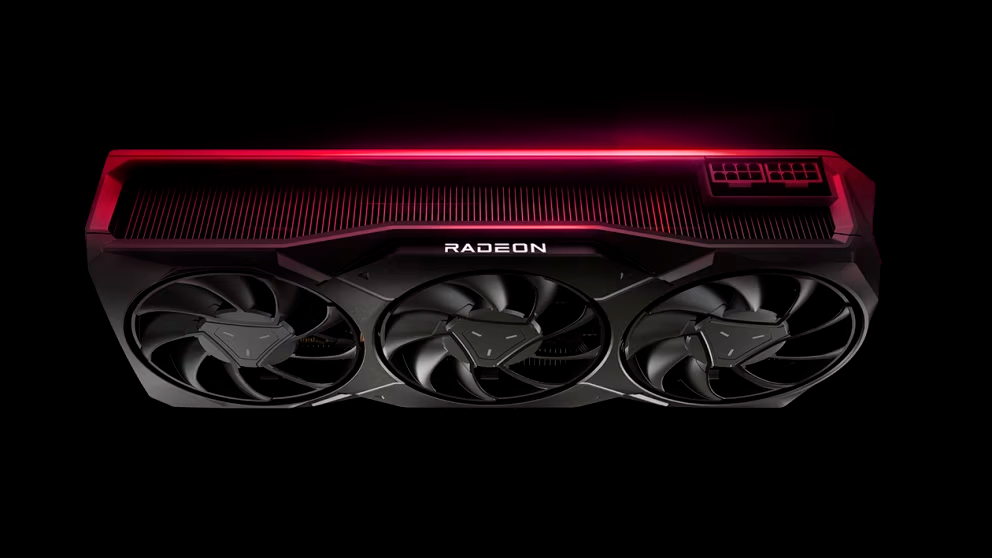AMD Enables ROCm and PyTorch on Radeon RX 7900 XTX

AMD has unveiled an updated ROCm 5.7.1 driver for Ubuntu Linux that brings PyTorch 2.0.1 support for RDNA 3-based Radeon Pro W7900 and Radeon RX 7900 XTX graphics cards. The move enables developers to use AMD's flagship client GPUs with 24GB and 48GB of memory for artificial intelligence applications using PyTorch libraries.
"We are excited to offer the AI community new support for machine learning development using PyTorch built on the AMD Radeon RX 7900 XTX and Radeon Pro W7900 GPUs and the ROCm open software platform. This is our first RDNA 3 architecture-based implementation, and we are looking forward to partnering with the community," says Dan Wood, Corp. Vice President, Radeon Product Management at AMD.
The driver update is specifically tuned to work with PyTorch 2.0.1, a popular deep learning library, bringing forth capabilities of AMD's RDNA3-based GPUs. The ROCm 5.7.1 driver only supports flagship graphics cards: the Radeon RX 7900 XTX 24GB and the Radeon Pro W7900 48GB. This is logical as AI applications like large language models (LLM) benefit from high-capacity onboard memory, and AMD wants to sell as many high-end boards as possible.
AMD notes that its Navi 31 graphics processor has 192 built-on AI accelerators, up from 96 in the case of Navi 21, making it a viable GPU for artificial intelligence applications. Meanwhile, AMD's Radeon RX 7900 XTX 24 GB is a consumer graphics card with an MSRP of $999, which is a fraction of professional AI and HPC GPU cost.
AMD facilitates a nuanced convergence of gaming and professional GPU functionalities by extending sophisticated ML support traditionally reserved for professional domains to consumer-grade products. AMD hopes to foster an enriched ecosystem where open-source platforms thrive, paving the way for enhanced cost-efficiency and broader accessibility.
Get Tom's Hardware's best news and in-depth reviews, straight to your inbox.

Anton Shilov is a contributing writer at Tom’s Hardware. Over the past couple of decades, he has covered everything from CPUs and GPUs to supercomputers and from modern process technologies and latest fab tools to high-tech industry trends.
-
virgult ...about damn time? :) Still, supporting only the halo card is not going to do anyone any favours. Why would a student or someone prototyping smaller models dish out $1k for a 7900 XTX when they can pay $300 and get an RTX 3060?Reply
This is important as what AMD should do is establish market adoption, otherwise the main DL libraries will never be encouraged to support their hardware properly. Looks like they're focussing on immediate profit, which is not going to come - even at the high end, why buy the AMD halo card when a 4080 costs the same, performs better on AI, and has CUDA? 50% more VRAM is indeed a selling point, but compatibility and support for libraries is even more of a selling point.